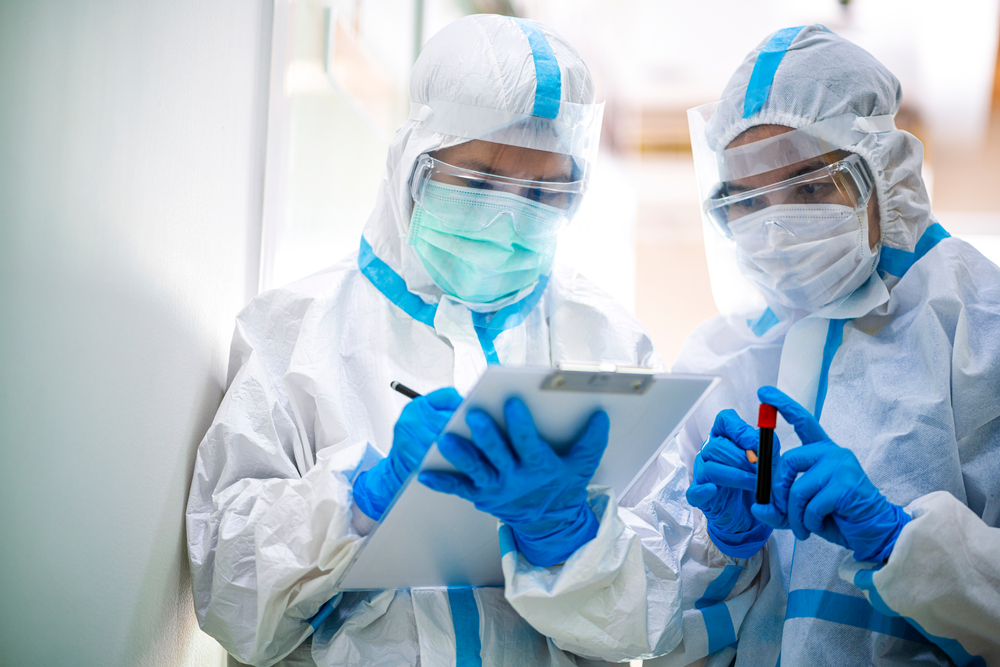Alas, we have arrived at our final post exploring biosafety levels. In our previous three posts, we explored biosafety levels 1-3. Also, we broke down the various precautions in place to protect employees and prevent contamination. In our previous feature, we discussed biosafety level 3, or BSL-3. Therefore, in this post we’ll explore biosafety level 4, or BSL-4.
BSL-4 labs are rare. However, there are a number of them throughout the world. Keep reading to find out more about BSL-4 labs, what they do, and the precautions in place for them.
1. BSL-4 Basics & Precautions
BSL-4 labs enforce the very highest levels of precaution. Basically, their policies are the most rigid because they work with the most lethal agents. BSL-4 lab workers handle the world’s most dangerous, lethal and exotic microbes. Any inhalation, ingestion or infection of any kind can be fatal. Therefore, precautions in BSL-4 labs are the most thorough and strict. Two BSL-4 microbe examples are Ebola and Marburg viruses. Indeed, both of these are incredibly lethal viruses that place employees at an incredibly high risk for infection. And these are both pathogens that can infect workers via inhalation of aerosol agents.
Obviously, like BSL-2 and 3 labs, every employee must undergo incredibly thorough training prior to working in a BSL-4 lab. All lab personnel must change their clothing before entering the lab. Also, they must immediately shower upon exiting. All materials within the lab must receive complete decontamination before workers exit the lab. Every BSL-4 lab must feature a Class-III biological safety cabinet (BSC).
2. Personal Protective Equipment (PPE)
In addition, the PPE in a BSL-4 lab is as thorough as it gets. All BSL-1-3 PPE policies are in effect, like gloves and face shield. However, all BSL-4 workers must wear full-body protective suits.
Also, these must be air-supplied, positive-pressure suits. Basically, this means that their suits contain their own individual air supplies in order to prevent inhaling any toxic materials.
3. Facility Features
Every BSL-4 lab must be as remote and isolated from high-population areas as possible. This way, the risk for widespread infection is minimal. The airflow of each BSL-4 lab is strictly controlled in order to direct airborne agents into filtered units and fill the lab with “clean” air.
The entrances and exits of BSL-4 labs feature airlocks to minimize the chance of airborne pathogens escaping the lab. Everything from laboratory waste to tools and water must undergo extensive decontamination before it can leave the lab. Each BSL-4 lab features a dedicated supply and exhaust air, fan and filter units as well as vacuum lines and decontamination systems.
Conclusion – SEPS
So there you have it – our four-part series on biological safety levels! At SEPS, we maintain a passion for keeping labs safe and clean. Our various accreditations and affiliations are a testament to our commitment. Nowadays, in the time of COVID-19, lab safety and precautions are more important than ever.
